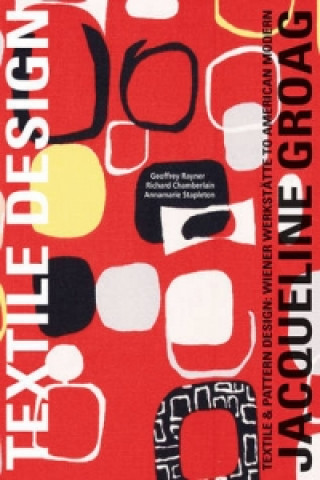
Kód: 04295991
Jacqueline Groag: Textile Designer
Autor Geoff Rayner
Jacqueline Groag was probably the most influential textile designer in Britain in the post Second World War era. Although originally Czech, she studied textile and pattern design in Austria with the Secessionist architect and desi ... celý popis
- Jazyk:
 Angličtina
Angličtina - Väzba: Brožovaná
- Počet strán: 184
Nakladateľ: ACC Art Books, 2009
- Viac informácií o knihe

36.21 €
Bežne: 42.66 €
Ušetríte 6.45 €
Dostupnosť:
50 % šanca Máme informáciu, že by titul mohol byť dostupný. Na základe vašej objednávky sa ho pokúsime do 6 týždňov zabezpečiť.
Máme informáciu, že by titul mohol byť dostupný. Na základe vašej objednávky sa ho pokúsime do 6 týždňov zabezpečiť.Prehľadáme celý svet
Mohlo by sa vám tiež páčiť
-
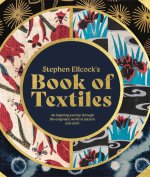
Book of Textiles
29.87 € -4 % -

Fashion Patternmaking Techniques for Accessories: Shoes, Bags, Hats, Gloves, Ties, Buttons and Dog Clothing
31.40 € -10 % -
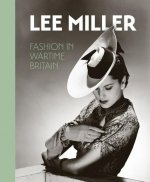
Lee Miller. Fashion in Wartime Britain
44.81 € -

Dandy Style
31.51 € -14 % -
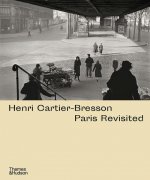
Henri Cartier-Bresson: Paris Revisited
42.86 € -14 % -

Ascher The Mad Silkman
55.04 € -8 % -

Poses for Fashion Illustration (Card Box)
21.48 € -23 % -

The Tilda Characters Collection
18.72 € -23 % -
![Fashion Patternmaking Techniques - Haute couture [Vol 1] Fashion Patternmaking Techniques - Haute couture [Vol 1]](https://media.libris.to/jacket/12985659t.jpg)
Fashion Patternmaking Techniques - Haute couture [Vol 1]
30.59 € -23 % -
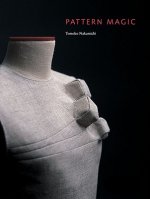
Pattern Magic
21.99 € -23 % -
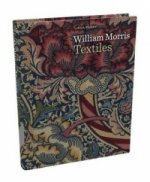
William Morris Textiles
48.29 € -21 % -

Textile Futures
62.61 € -
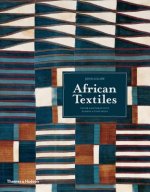
African Textiles
25.47 € -19 % -
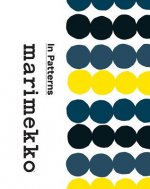
Marimekko: In Patterns
48.39 € -
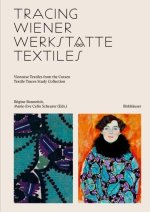
Tracing Wiener Werkstätte Textiles
58.01 € -1 % -
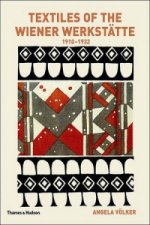
Textiles of the Wiener Werkstatte 1910-1932
33.96 € -
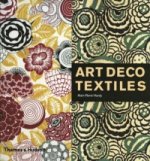
Art Deco Textiles
47.16 € -

The Book of Change
27.41 € -23 % -
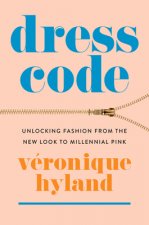
Dress Code
12.27 € -23 % -

Children of Dune
8.79 € -22 % -

Architectures of Weaving
38.16 € -

Lonely Planet California & Southwest USA's National Parks
16.87 € -10 % -

The Fabric of Civilization
17.49 € -10 % -

Listening to Clay
53.40 € -18 % -
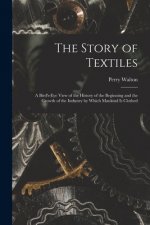
Story of Textiles
30.89 € -
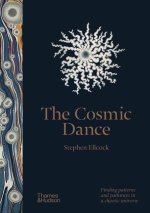
The Cosmic Dance
27.52 € -22 % -
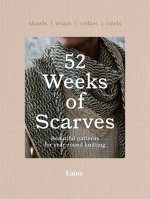
52 Weeks of Scarves
21.27 € -18 % -
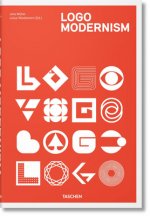
Logo Modernism
58.01 € -2 % -
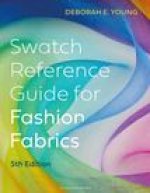
Swatch Reference Guide for Fashion Fabrics
236.57 € -

Textile Portraits: People and Places in Textile Art
27.41 € -23 % -

Margit's Fiber Art: New Directions
16.16 € -
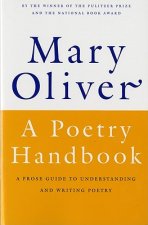
Poetry Handbook
13.29 € -23 % -

How to Beat the Sicilian Defence
30.69 € -2 % -

Alternatives in Education
36.01 € -
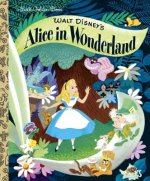
Walt Disney's Alice in Wonderland
6.23 € -17 % -
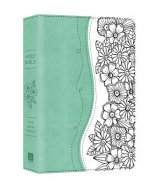
The Personal Reflections KJV Bible
42.25 € -4 % -
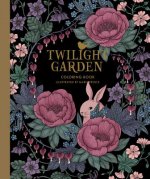
Twilight Garden Coloring Book
15.03 € -22 % -
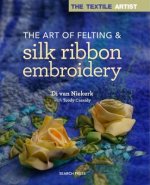
Textile Artist: The Art of Felting & Silk Ribbon Embroidery
19.84 € -23 % -

Making of Star Wars
54.32 € -23 % -
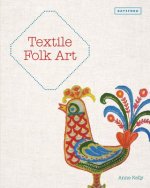
Textile Folk Art
30.69 € -2 % -
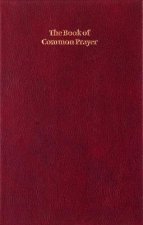
Book of Common Prayer, Enlarged Edition, Burgundy, CP420 701B Burgundy
19.23 € -10 % -
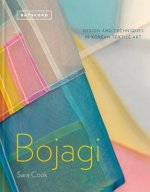
Bojagi - Korean Textile Art
28.44 € -13 % -

Hide-and-Seek, Baby Shark! Doo Doo Doo Doo Doo Doo
8.38 € -19 % -

NIV Larger Print Soft-tone Bible
40.72 € -13 % -
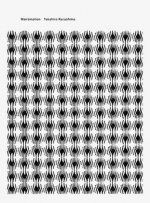
Moiremotion
27.92 € -11 % -

Secret History
11.04 € -15 % -

Lost Metal
11.25 € -25 % -
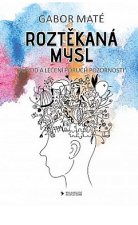
Roztěkaná mysl
23.63 € -4 % -
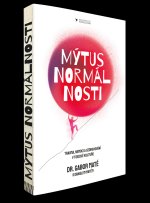
Mýtus normálnosti
32.12 € -8 %
Darčekový poukaz: Radosť zaručená
- Darujte poukaz v ľubovoľnej hodnote, a my sa postaráme o zvyšok.
- Poukaz sa vzťahuje na všetky produkty v našej ponuke.
- Elektronický poukaz si vytlačíte z e-mailu a môžete ho ihneď darovať.
- Platnosť poukazu je 12 mesiacov od dátumu vystavenia.
Informovať o naskladnení knihy
Zadajte do formulára e-mailovú adresu a akonáhle knihu naskladníme, zašleme vám o tom správu. Postrážime všetko za vás.
Viac informácií o knihe Jacqueline Groag: Textile Designer
Nákupom získate 90 bodov
 Anotácia knihy
Anotácia knihy
Jacqueline Groag was probably the most influential textile designer in Britain in the post Second World War era. Although originally Czech, she studied textile and pattern design in Austria with the Secessionist architect and designer Josef Hoffmann, in the 1920s. During the late twenties and early thirties she designed textiles for the Wiener Werkstatte in Vienna and subsequently designed and produced unique hand printed lengths of fabrics for many of the leading Parisian fashion houses, including Chanel, Lanvin, Worth, Schiaparelli and Paul Poiret. She was awarded a gold medal for textile design at the Milan Triennale in 1933 and another gold medal for printed textiles at the Paris World Fair in 1937. Jacqueline was not only a serious and highly respected contender in the field of textile and pattern design but, with her husband, the Modernist architect Jacques Groag, was also deeply immersed in the intellectual life of Vienna. In 1938, the sophisticated world of Jacques and Jacqueline was brutally shattered when the Anschluss, the political unification of Austria and Germany, occurred and the German army entered Vienna. Faced with the actuality of the Nazi terror the Groags, who were Jewish, fled to Czechoslovakia and their home city of Prague. After a brief respite in Prague they were once more forced to flee in 1939, this time to London. On their arrival in England they were welcomed and championed by leading members of the British design fraternity, amongst whom were Sir Gordon Russell, the doyen of British architects Sir Charles Reilly and Jack Pritchard, founder of the modernist design company, Isokon. From 1940 until her death in 1986, Jacqueline had a long and successful career. Much of the Contemporary style of the textiles and wallpapers shown at the 1951 Festival of Britain were heavily indebted to her influential designs of the 1940s. Many examples of her work were featured prominently at the Festival and from then on she became a major influence on pattern design internationally. She developed a large client group in the United States during the fifties and sixties, amongst whom were Associated American Artists, Hallmark Cards and American Greetings Ohio. In the later 1950s and throughout the 1960s, she became increasingly involved with Sir Misha Black and the Design Research Unit (D.R. U.), working on the interiors for boats and planes and trains, particularly the design of textiles and plastic laminates for BOAC and British Rail. One of her last commissions from Misha Black, in the mid-seventies was a distinctive moquette for London Transport, for seating on both buses and tube trains. Her work and influence did not just extend to the large corporations and exclusive couturiers but was familiar to the general public through stores and companies such as John Lewis, Liberty of London, David Whitehead, Edinburgh Weavers, Sandersons, Warerite and Formica. Her remarkable achievement finally received public recognition in 1984 when, at the age of 81, she was made an R.D.I. - a Royal Designer for Industry - the ultimate accolade for any designer in Britain. It had been a long time coming, during which she had determinedly overcome anti-semitism, rampant misogyny and xenophobia. She died in London in 1986 at the age of 83.
 Parametre knihy
Parametre knihy
Zaradenie knihy Knihy po anglicky The arts Industrial / commercial art & design Fashion & textiles: design
36.21 €
- Celý názov: Jacqueline Groag: Textile Designer
- Autor: Geoff Rayner
- Jazyk:
 Angličtina
Angličtina - Väzba: Brožovaná
- Počet strán: 184
- EAN: 9781851495900
- ISBN: 1851495908
- ID: 04295991
- Nakladateľ: ACC Art Books
- Hmotnosť: 1102 g
- Rozmery: 268 × 217 × 18 mm
- Dátum vydania: 01. October 2009
Obľúbené z iného súdka
-
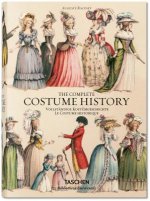
Auguste Racinet. The Costume History
21.99 € -23 % -
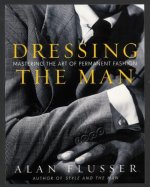
Dressing the Man
46.85 € -16 % -

Chanel Catwalk
65.07 € -13 % -

Sneaker Freaker. The Ultimate Sneaker Book
51.36 € -

Postcards from Vogue
16.87 € -23 % -
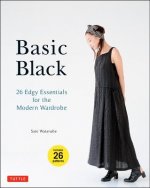
Basic Black
18 € -1 % -
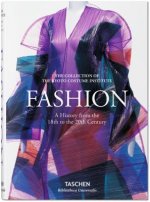
Fashion A History from the 18th to the 20th Century
21.99 € -23 % -
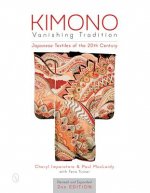
Kimono, Vanishing Tradition
50.64 € -1 % -
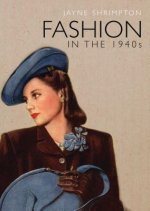
Fashion in the 1940s
11.14 € -15 % -
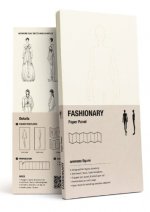
Fashionary Womens Figure Panel
13.19 € -

Little Guides to Style
49.31 € -21 % -
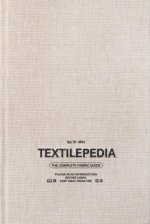
Textilepedia
34.37 € -23 % -

Pattern Magic 2
25.26 € -11 % -
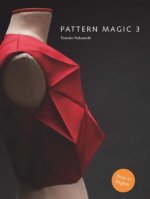
Pattern Magic 3
21.99 € -23 % -

The Lives of 50 Fashion Legends
20.05 € -15 % -
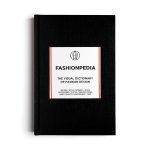
Fashionpedia
38.46 € -16 % -
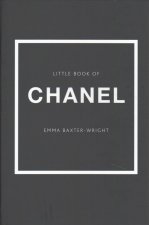
Little Book of Chanel
14.01 € -24 % -
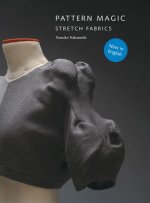
Pattern Magic
22.60 € -21 % -
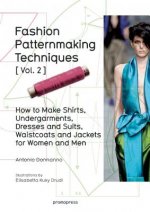
Fashion Patternmaking Techniques: Women/Men How to Make Shirts, Undergarments, Dresses and Suits, Waistcoats, Men's Jackets
34.78 € -
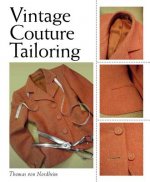
Vintage Couture Tailoring
30.28 € -15 % -

Martin Margiela
86.66 € -
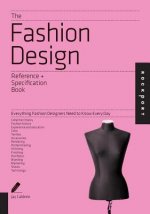
Fashion Design Reference & Specification Book
22.71 € -12 % -
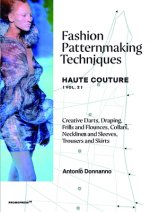
Fashion Patternmaking Techniques: Haute Couture (Vol. 2)
32.73 € -
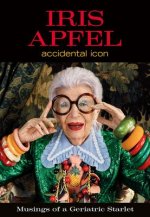
Iris Apfel
26.90 € -23 % -
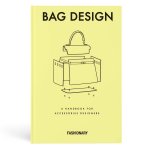
Fashionary Bag Design
31.20 € -23 % -

Supreme
39.90 € -6 % -
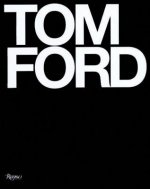
Tom Ford
110.71 € -21 % -
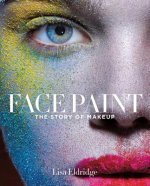
Face Paint
26.80 € -20 % -
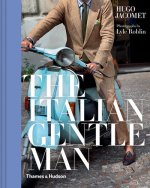
Italian Gentleman
31.81 € -16 % -
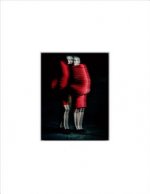
Rei Kawakubo/Comme des Garcons
48.29 € -5 % -

Medieval Tailor's Assistant
44.91 € -
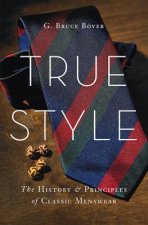
True Style
24.04 € -21 % -
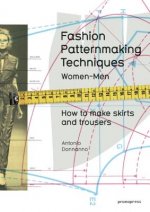
Fashion Patternmaking Techniques
35.70 € -
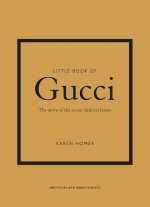
Little Book of Gucci
14.01 € -24 % -
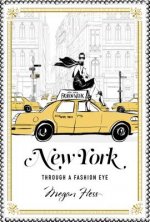
New York
18.41 € -15 % -

Casuals
11.14 € -15 % -
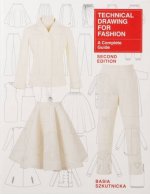
Technical Drawing for Fashion, second edition
43.58 € -23 % -

Lingerie Design
54.63 € -14 % -
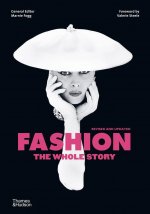
Fashion: The Whole Story
26.29 € -17 % -
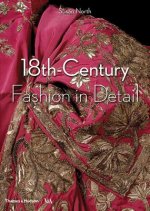
18th-Century Fashion in Detail (Victoria and Albert Museum)
27.41 € -23 % -
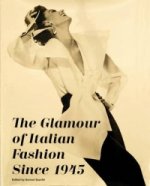
Glamour of Italian Fashion Since 1945
30.28 € -15 % -

Ikonische Outfits von Billie Eilish
28.74 € -4 % -
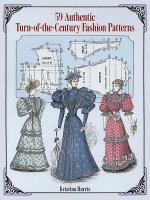
59 Authentic Turn-of-the-Century Fashion Patterns
17.18 € -18 % -

Vogue: The Editor's Eye
62.92 € -13 % -

Streetwear
33.04 € -13 % -
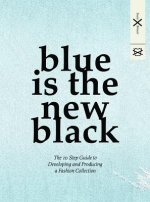
Blue is the New Black
30.69 € -4 % -
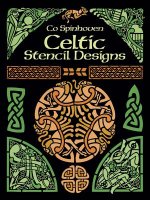
Celtic Stencil Designs
8.89 € -4 % -

Fashion Marketing Communications
39.69 € -19 % -
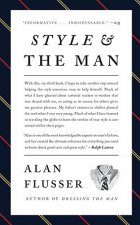
Style and the Man
11.14 € -23 %
Osobný odber Bratislava a 2642 dalších
Copyright ©2008-24 najlacnejsie-knihy.sk Všetky práva vyhradenéSúkromieCookies


 21 miliónov titulov
21 miliónov titulov Vrátenie do mesiaca
Vrátenie do mesiaca 02/210 210 99 (8-15.30h)
02/210 210 99 (8-15.30h)